Popocatepetl follow up, File Under: Uh-Oh.. The Extinction Protocol. Excerpts:
Residents at the foot of Mexico’s Popocatepetl volcano no longer sleep soundly since the towering mountain roared back into action over a week ago, spewing out a hail of rocks, steam and ash. “We close our eyes, but we don’t sleep much. In the past, there was only smoke but this time it’s stronger,” said Francisco Jimenez, who lives in the nearby town of Xalitzintla in central Mexico, 55km from Mexico City. The volcano, Mexico’s second highest peak at 5 452m, started rumbling and spurting high clouds of ash and steam on 13 April, provoking the authorities to raise the alert to level five on a seven-point scale. The alert extended a security cordon around the volcano but stopped short of starting evacuations of about 685 000 residents from nearby communities. Over the weekend, residents watched as Popocatepetl, which means “smoking mountain” in the indigenous Nahuatl language, lived up to its name, spouting glowing rocks and shaking the ground beneath their feet.
And:
Popocatepetl is an explosive volcano that can suddenly erupt at tremendous force, thrusting out rocks and ashes at large distances. That kind of volcano can be more dangerous than those releasing only flowing lava. Residents say they are used to the permanent threat of the volcano but many say the new activity makes them nervous again. “We’ve been watching out for many nights, waiting to see what happens,” said Gabino Santibanez, mayor of San Pedro Benito Juarez, a small town only 9km from the glowing crater. Locals said that most frightening was the unusual rumbling coming from the volcano, which many compared to an aircraft turbine. “We’ve never heard a noise like it,” said Maximiliano Grajales. About 4.5 million people live on the outskirts of the volcano, which lies at the crossroads of the states of Puebla, Morelos and Mexico.
Residents at the foot of Mexico’s Popocatepetl volcano no longer sleep soundly since the towering mountain roared back into action over a week ago, spewing out a hail of rocks, steam and ash. “We close our eyes, but we don’t sleep much. In the past, there was only smoke but this time it’s stronger,” said Francisco Jimenez, who lives in the nearby town of Xalitzintla in central Mexico, 55km from Mexico City. The volcano, Mexico’s second highest peak at 5 452m, started rumbling and spurting high clouds of ash and steam on 13 April, provoking the authorities to raise the alert to level five on a seven-point scale. The alert extended a security cordon around the volcano but stopped short of starting evacuations of about 685 000 residents from nearby communities. Over the weekend, residents watched as Popocatepetl, which means “smoking mountain” in the indigenous Nahuatl language, lived up to its name, spouting glowing rocks and shaking the ground beneath their feet.
And:
Popocatepetl is an explosive volcano that can suddenly erupt at tremendous force, thrusting out rocks and ashes at large distances. That kind of volcano can be more dangerous than those releasing only flowing lava. Residents say they are used to the permanent threat of the volcano but many say the new activity makes them nervous again. “We’ve been watching out for many nights, waiting to see what happens,” said Gabino Santibanez, mayor of San Pedro Benito Juarez, a small town only 9km from the glowing crater. Locals said that most frightening was the unusual rumbling coming from the volcano, which many compared to an aircraft turbine. “We’ve never heard a noise like it,” said Maximiliano Grajales. About 4.5 million people live on the outskirts of the volcano, which lies at the crossroads of the states of Puebla, Morelos and Mexico.










































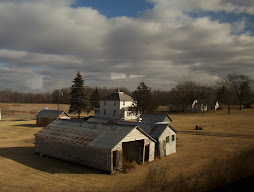




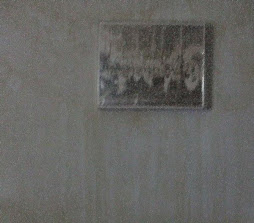






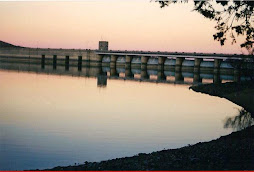






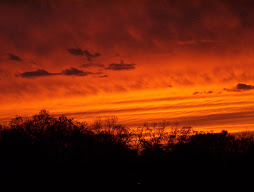
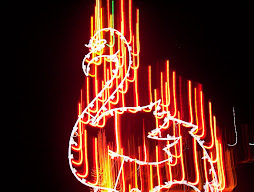




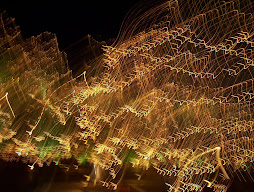


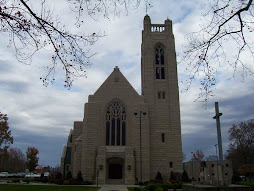









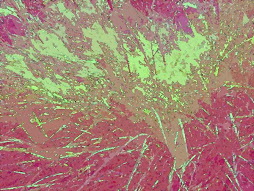
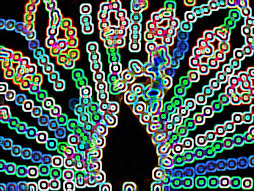









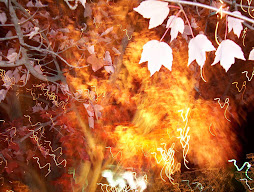

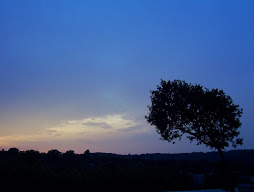







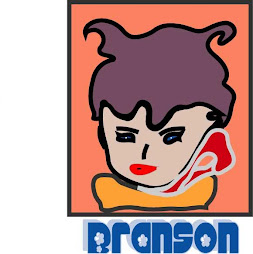



No comments:
Post a Comment